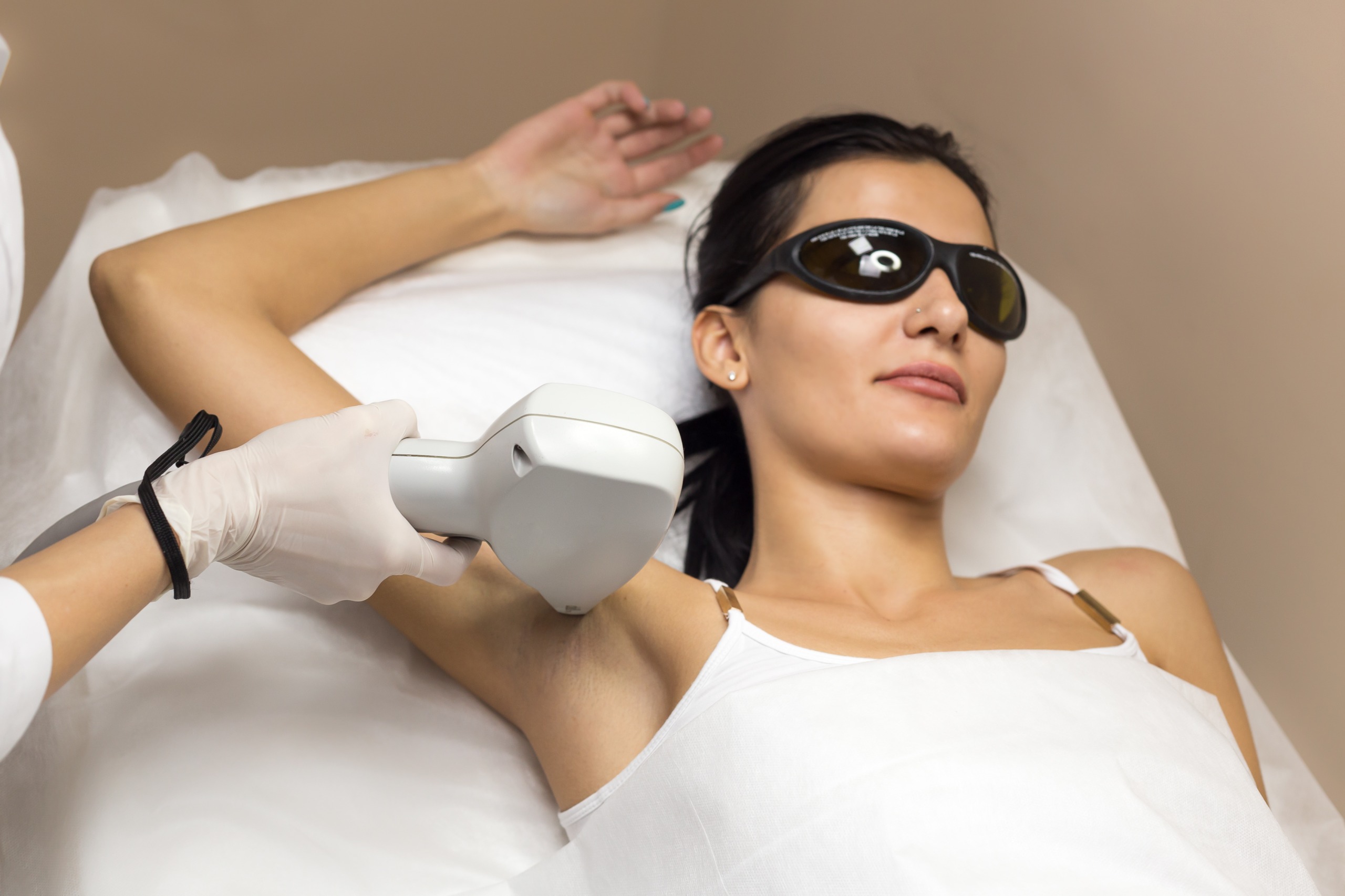Health
Most Common Skin Tag Removal Methods

Skin tags are a balloon-like structure formed by skin tissues. These are the benign tumor that is, they are harmless. Almost half of the population (46%) gets skin tags at least once in their lifetime. It generally occurs in the areas where the skin is made to rub itself. Following are the areas where skin tags are commonly observed:
|
|
|
|
|
|
|
|
|
Skin tags are also known as Acrochordon. On a microscopic level, an acrochordon consists of a fibro-vascular core or fat cells that are covered with skin cells. They are usually harmless and cause no pain neither do they grow over time. They are not contagious and hence cannot spread from one person to another. There is no conclusive evidence that pathogens are responsible for the growth of skin tags. There are many well known dermatological clinics that one can approach to get their skin tag removal treatment in the UK.
Although this can happen to anyone, they are more prevalent in obese people and in adults. They are sometimes regarded as markers for impaired carbohydrate metabolism and for those who are at risk for diabetes mellitus type 2. Elevated blood sugar and insulin levels are known to increase the formation of skin tags, although the exact mechanism of this is still unknown.
They usually pose no harm to the patient or any pain. They are soft to touch and commonly are 2-5mm in diameter, although they can be as large as 5cm in diameter. Their occurrence is almost equal in both the sexes with slightly more women being affected with this than men. Their occurrence is more common among adults since 59% of people aged 70 are observed to have skin tags.
There are many treatments available for skin tags. These are:
- Ligation: This is the most common method used by people to treat their skin tags, it involves tying a thread around the tag. This cuts off the supply of oxygen and important nutrients that are needed by these cells to grow. You need to remember to keep the thread tight. As the tag will start to loose from the skin, you will need to tight it every day. This method is free and usually work, hence is the most popular method used by the patients.
- Cryotherapy: It is a method that is usually not recommended by dermatologists because the procedure takes long and needs a lot of safety measures. It might be cheap but since it takes so many sessions, the cost might not be of any advantage. In this method liquid nitrogen is used which freezes the cells and damages it, causing it to shrink.
- Cauterisation: This method is burning the cells using a heated instrument. Burning the cells makes sure that blood won’t spill out. This method also takes many sessions and is cheap. It should be done under proper medical supervision and only be done by experienced professionals.
- Excision: This is done with a surgical scalpel and the tag is cut off from the skin through surgery. This method is second most preferred method after ligation because this is safe and do not cause any harm to the skin. This is also the quickest way to get rid of the tag.
Methods like Cryotherapy and Cauterisation is not recommended by professionals since they can damage the skin and may leave a scar. It is advised to get it checked and ask for a dermatologist’s help if a skin tag appears since s/he will be able to properly guide you that it is only a skin tag and not Wart or other serious skin problem.
-

 Tech11 years ago
Tech11 years agoCreating An e-Commerce Website
-

 Tech11 years ago
Tech11 years agoDesign Template Guidelines For Mobile Apps
-

 Business6 years ago
Business6 years agoWhat Is AdsSupply? A Comprehensive Review
-

 Business10 years ago
Business10 years agoThe Key Types Of Brochure Printing Services
-

 Tech8 years ago
Tech8 years agoWhen To Send Your Bulk Messages?
-

 Tech5 years ago
Tech5 years ago5 Link Building Strategies You Can Apply For Local SEO
-

 Law5 years ago
Law5 years agoHow Can A Divorce Lawyer Help You Get Through Divorce?
-

 Home Improvement6 years ago
Home Improvement6 years agoHоw tо Kеер Antѕ Out оf Yоur Kitсhеn































